Japan [Iwate]
In Iwate, the flavor of resilience.
2017.08.23
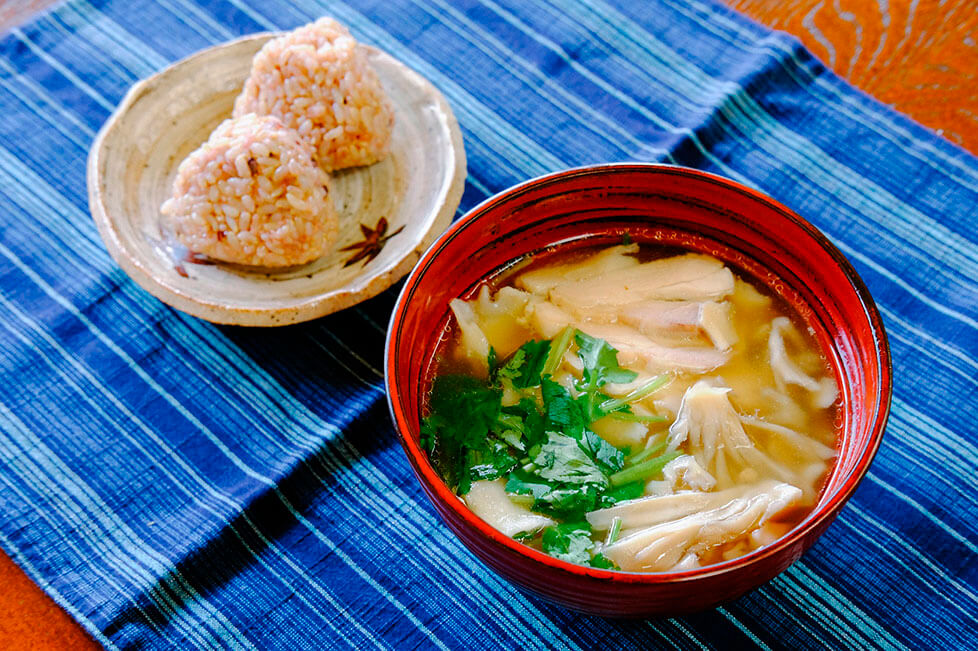
The Japanese proverb,”Aru-wa nai ni masaru” translates loosely as, “Something is better than nothing.” This humble expression reminds us to be thankful for what we have and to make the most of it. For the people of Iwate Prefecture, the words have particular resonance. Although today the region is one of the most important food production areas in Japan ― famed for delicacies such as wagyu beef, abalone, and sea urchin, as well as a cornucopia of fruit and vegetables ― in the past it was frequently plagued by poor harvests caused by the frigid and fickle climate. The hardy inhabitants of the prefecture’s inland villages relied on a variety of wild flora and fauna, and their spirit of ingenuity and staunch determination helped shape the local food culture.
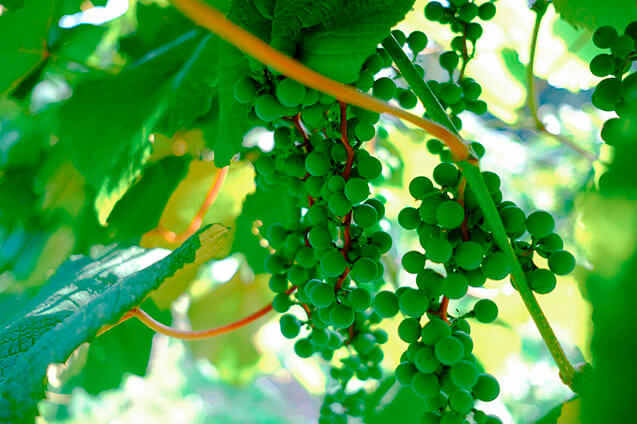
Yama-budo, a species of wild grape known as Vitis Coignetiae, grows deep in the region’s thick forests. The juice from these dark purple berries was widely drunk as a health tonic, purported to combat fatigue and stave off colds. Modern science has since borne out these claims: with eight times the polyphenol content of cultivated grapes, four times the amount of vitamin C, and three times the amount of iron, yama-budo are nutrient-dense powerhouses. Like the acai berry in Brazil or chia seeds from Chile, yama-budo is Japan’s native superfood.
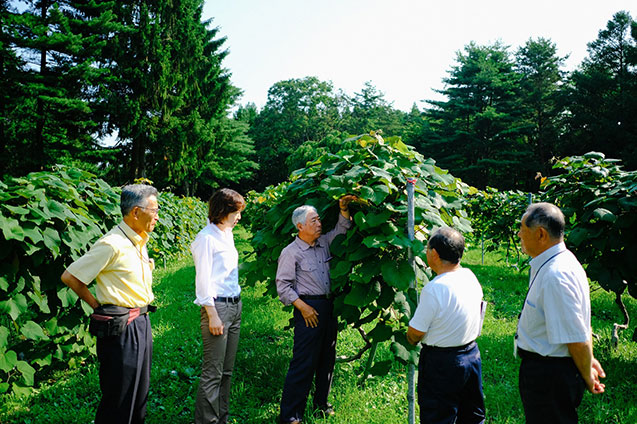
As lifestyles and tastes have changed over the years, however, consumption of the fruit has declined, leaving it vulnerable to extinction. Established in 2006, the NPO Yahaba Yamabudo no Kai has been actively trying to preserve the rare berries. On a small plot south of Morioka City, the group grows five varieties of wild yama-budo. The leafy vines are trained on trellises and planted in widely spaced rows to aid in ventilation during the humid summer months. After harvesting, the grapes are pressed to make a concentrated and inky-purple juice with vivid acidity.
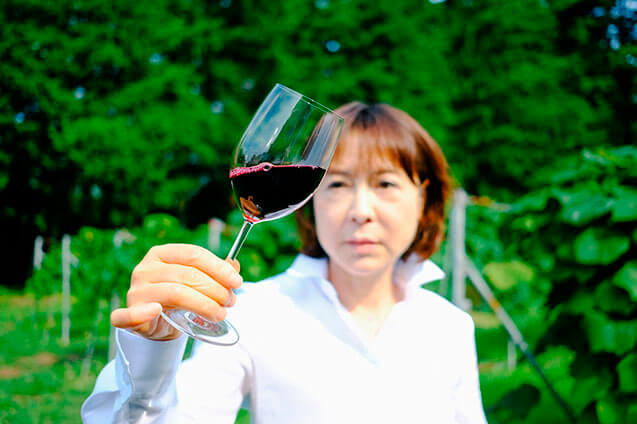
“If we don’t protect this species, it could disappear, and the wild seeds might vanish from the earth,” says health and food culture expert Dr. Megumi Miyata, noting that the berry’s significance goes beyond its nutritional value. Having withstood the vicissitudes of nature since ancient times, yama-budo is a symbol of the resilience of Iwate’s people.
The same holds true for zakkoku ― indigenous grains such as millet and amaranth, which have long played a key role in the food culture. Because rice production was historically unreliable, several varieties of wild grains were cultivated as staple crops. Packed with vitamins, minerals, and fiber, these cereals have contributed to the health of the population for centuries.
“The name zakkoku is related to the Japanese word for ‘rough’ or ‘not refined,’ but I like it,” Miyata says. “It also has connotations of toughness. We have been eating these grains for generations, and the strength inside them has become part of our DNA.”
This attitude of optimism and perseverance in the face of obstacles is what drove Sachio Egawa in his quest to revive the local tradition of making doburoku ― the thick, unfiltered sake that Japanese rice farmers had commonly brewed at home. The practice became illegal following the introduction of liquor taxation laws in the Meiji era (1868 -1912). However, Egawa ― an adamant locavore who grows his own rice, raises his own fish, and goes hunting for deer and bears in winter ― was so passionate about the custom that he petitioned the national government to amend the law 15 years ago.
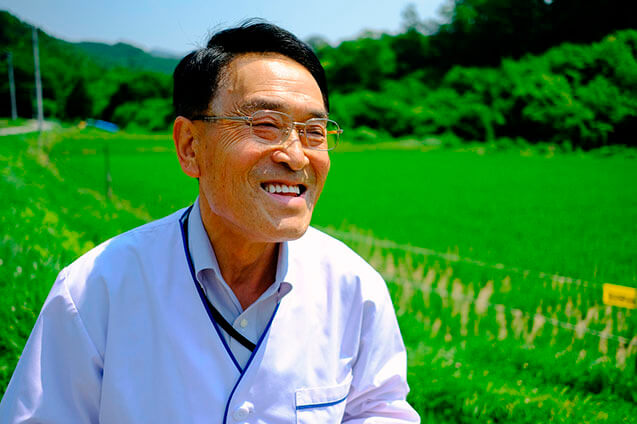
“It’s only natural to drink doburoku with our kyodo-ryori (Japanese country cooking),” he explains. “It’s the best match and an important aspect of our food culture.”
The process was fraught with difficulties. The town of Tono, where Egawa runs his farm and pension, Milk Inn, filed for an exemption to the liquor licensing rules, and countless documents were required. After two years, Egawa became the first person to receive special permission to micro-brew doburoku in 2004. Finding no mentors to teach the lost art of brewing the drink, Egawa turned to historians who helped him craft a recipe.
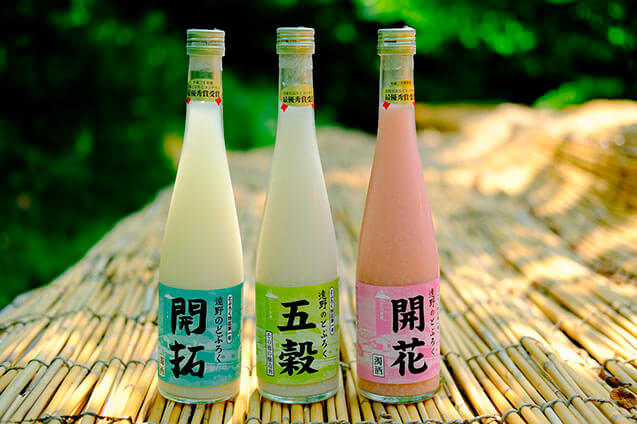
“It took about six months, but I was finally able to make the product I had envisioned,” he says.
At Tono’s Ryokuho High School, where pupils study agriculture as part of the core curriculum, a group of students is working to spread awareness of one of the region’s heirloom vegetables. In one section of the school’s garden, hayachine-na ― a dark green brassica with large, flat leaves ― grows in neat rows.
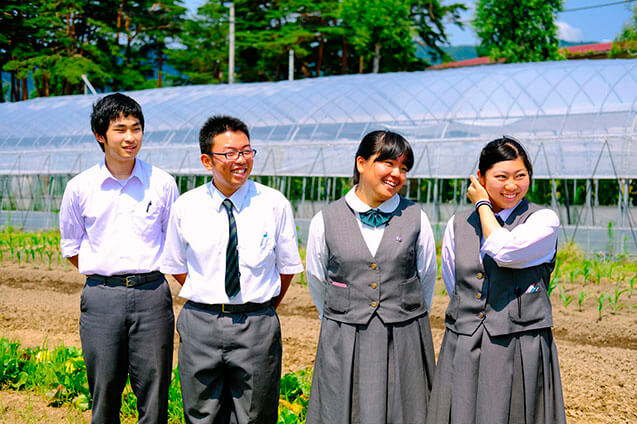
Under the supervision of teacher Tatsuya Maehara, the students tend to the plants daily, experimenting with different types of fertilizers and cultivation methods.

Hayachine-na ― which takes its name from one of the three major peaks overlooking the town of Tono, Mt. Hayachine ― is traditionally used to make pickles, blanched and served as ohitashi (a side dish flavored with kelp broth), or added to soups. Able to withstand cold temperatures in winter, the vegetable contains more nutrients than other leafy greens such as spinach, but the heirloom species has gradually lost ground to vegetables that have been bred for higher yield.
“My dream is to increase the number of farmers who are grow hayachine-na by getting more people to know about it ― beginning with the people of Tono,” declares one of the students, a girl with a long ponytail and a broad smile. “I love my hometown, and hayachine-na is special to us.”
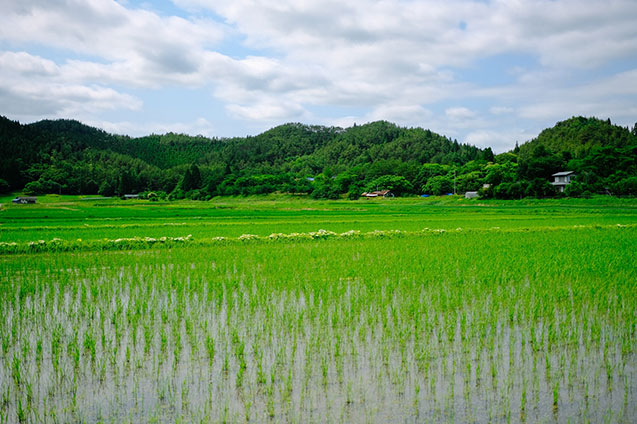
Love for his hometown brought 33-year-old Tono native Yosuke Kikuchi back to Iwate from Tokyo six years ago. Inspired by the belief that natural farming could revitalize rural areas and affect environmental and social change, he launched Kanrokuen organic rice farm together with his wife, Yumi, in 2011.
After earning a degree in agriculture from Iwate University graduate school, Kikuchi took a job with a farmer’s co-operative in the nation’s capital but soon grew disillusioned.
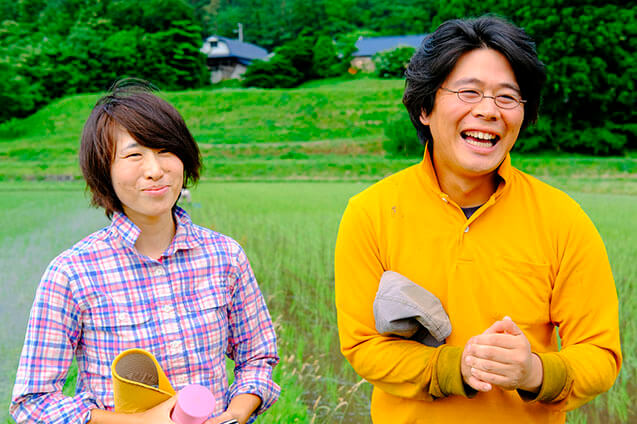
“I was disconcerted by the wide gap between urban and rural areas,” he explains. “I realized that consumers had no idea where their food comes from, and what the situation is like for farmers.”
At university, Kikuchi had learned about the negative effects of pesticides and fertilizers on the health of the planet and human beings. From the start, he knew that he wanted to be an organic farmer and chose to focus on Japan’s primary staple crop, rice. He takes a strict “zero-input” approach, eschewing all agro-chemicals in the fields. Despite the increased labor and lower yields, he says the extra effort is worth it to “deliver confidence in food safety” to customers.
Kikuchi also sees chemical-free agriculture as a path to self-reliance. The substances incur high costs, which can create economic hardships for farmers. Moreover, many of the raw ingredients used to make pesticides and fertilizers are imported ― a circumstance that poses potential threats to food security in a country where the food self-sufficiency rate hovers around 40%.
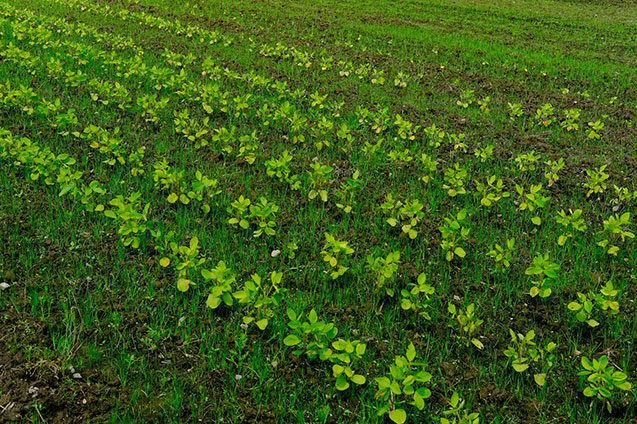
In the future, Kikuchi hopes to build a global network to teach organic farming practices to people in developing countries.
“We can show them a “zero-cost” way to grow food for themselves and contribute to their local economy,” he says. “Our philosophy is ‘from the heartland of Japan’ to ‘the heartland of the world.’”
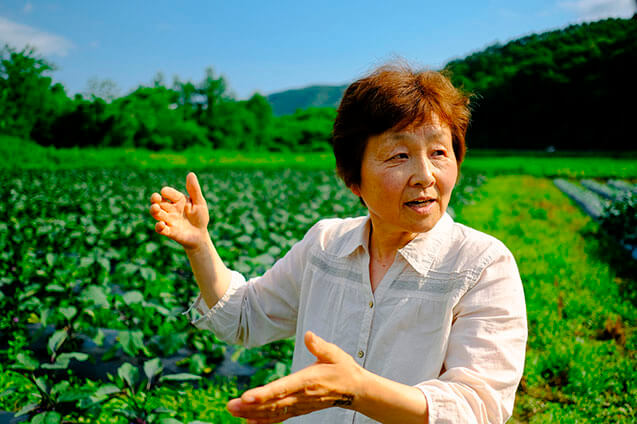
The act of growing food and reconnecting with the land can be a profound experience. When Noriko Kikuchi lost her husband eight years ago, the farming community of Tono gave her the encouragement and support to take over the family fields. Now, Kikuchi grows a myriad of crops and opens her door to visitors. “Doing this brought me back to life,” she says, pointing to rows of thriving eggplant bushes and a parcel of land dotted with sprouting egoma ― a variety of perilla and one of Iwate’s ancient zakkoku grains. “It brought me back to myself.”

<Yahaba Area>
◎ NPO Yahaba Yama-budo no Kai
8-261 Minami Yahaba Oaza Yyahaba-machi, Shiwa-gun, Iwate
☎ +81-19-697-5111
<Tono Area>
◎ MILK-INN Egawa
19-113 Kami Tsukimoushi Tsukimoushicho, Tono-shi, Iwate
http://www.milk-inn-egawa.com/
◎ Kanroku-en
16-77 Otomo-cho Tono-shi, Iwate
http://kan6en.com/
◎ Ryokuho High School
21-14-1 Shiraiwa Matsuzaki-cho Tono-shi, Iwate
◎ Farmer Noriko Kikuchi
Cooking cooperation:
◎ Zakkoku Onigiri and Hittsumi
Agriturismo Omori-ke Tomoko Omori
https://sinoboo.wixsite.com/agriturismo-bigwoods
shooting cooperation:
◎ NPO Tono Natural Life Network
http://www.tonotv.com/members/yamasatonet/en/index.html
This coverage tour has been implemented under FY2017 “New Tohoku” Interaction Model Project led by Japan’s Reconstruction Agency.
”Gourmet Ride” event with the route to meet people and experience food introduced in this article will be held on Saturday 14th October, 2017.
Please learn more about the event.
http://or-waste.com/?p=1177









